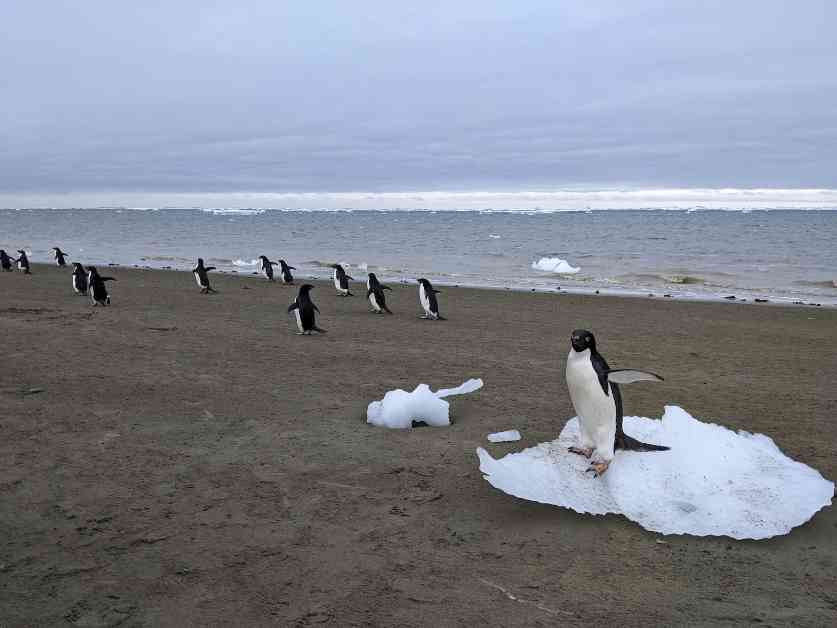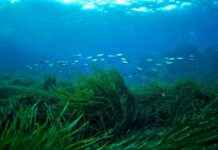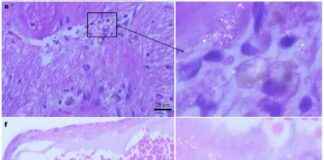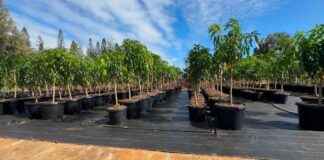Matthew Boyer, a Ph.D. student in atmospheric science at the University of Helsinki, embarked on an exciting journey in December 2022. He boarded an Argentine military plane bound for Marambio Station, located at the tip of the Antarctic Peninsula. The remote station sits in a region where the icy continent extends toward South America. Months before his trip, Boyer faced the daunting task of shipping expensive and delicate instruments to the station. He expressed concerns about the instruments potentially getting damaged during transport as they were sensitive.
Upon his arrival at Marambio Station, Boyer and his colleagues made a fascinating discovery related to penguin guano. In a recent study published in the journal Communications Earth and Environment, they revealed how the ammonia emanating from the droppings of over 60,000 penguins played a role in cloud formation. These clouds might be serving as insulation for Antarctica, assisting in cooling down a continent that is experiencing rapid warming. However, some penguin populations are facing significant threats due to climate change. The decline of these penguins and their guano could lead to fewer clouds, resulting in increased heating in an already fragile ecosystem dominated by ice, which could contribute to a substantial rise in global sea levels as the ice melts.
Boyer and his research team used their sophisticated instruments to monitor atmospheric ammonia levels between January and March 2023, during the southern hemisphere’s summertime. They observed a significant spike in ammonia concentrations when the wind blew from an Adelie penguin colony located five miles away from their detectors. The gas levels soared to 1,000 times higher than the baseline when the penguins were present, and even after the penguins left the colony post-breeding, the ammonia concentrations remained elevated for at least a month due to the continuous emission of gas from the guano. This ammonia was believed to contribute to cooling the area, leading to the formation of clouds that could potentially impact the local climate.
In February 2023, Boyer and his team witnessed a strong release of particles linked to penguin guano, followed by the sampling of resulting fog a few hours later. They identified particles created through the interaction of ammonia from the guano and sulphuric acid from phytoplankton. This interaction initiated a chain reaction that facilitated the rapid formation of aerosol particles. In regions with significant human activity, such as industrial zones and urban areas, aerosol particles are abundant due to pollution. However, Antarctica’s lack of vegetation and trees makes the aerosols from penguin guano and phytoplankton particularly impactful in cloud formation processes.













